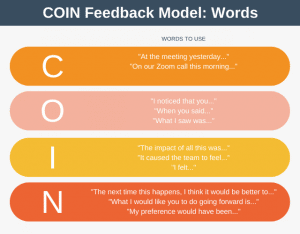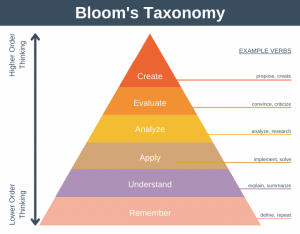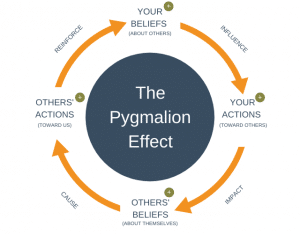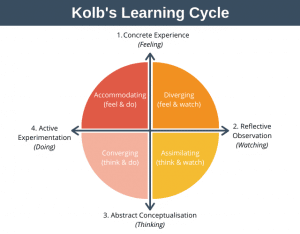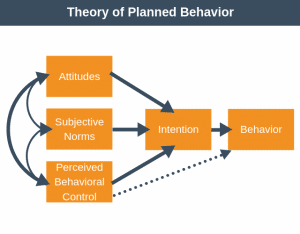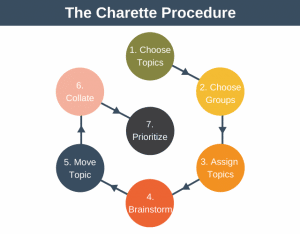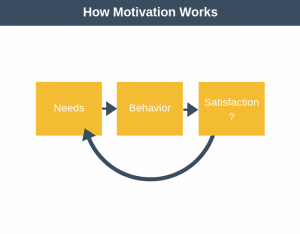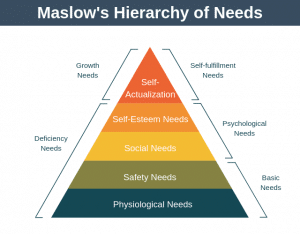Herzberg’s Motivation Theory model, or Two Factor Theory, argues that there are two factors that an organization can adjust to influence motivation in the workplace.
These factors are:
- Motivators: Which can encourage employees to work harder.
- Hygiene factors: These won’t encourage employees to work harder but they will cause them to become unmotivated if they are not present.
Note
Herzberg’s Motivation Theory model goes by a number of different names, including Two Factor Theory, Herzberg’s Motivation-Hygiene Theory, and Duel Structure Theory. We will use these terms interchangeably in this article.
Frederick Herzberg developed the model in 1959. He did this by interviewing over 200 professionals. The interviews delved into when the interviewees were at their most and least happiest with their jobs.
Other motivation theories you may want to learn about include Equity Theory and Maslow’s Hierarchy of Needs.
What is Two Factor Theory?
Herzberg’s Theory of Motivation tries to get to the root of motivation in the workplace. You can leverage this theory to help you get the best performance from your team.
The two factors identified by Herzberg are motivators and hygiene factors.
1. Motivating Factors
The presence of motivators causes employees to work harder. They are found within the actual job itself.
2. Hygiene Factors
The absence of hygiene factors will cause employees to work less hard. Hygiene factors are not present in the actual job itself but surround the job.
The impact of motivating and hygiene factors is summarized in the following diagram. Note that you will often see motivators referred to as factors for satisfaction, and hygiene factors referred to as factors for dissatisfaction.
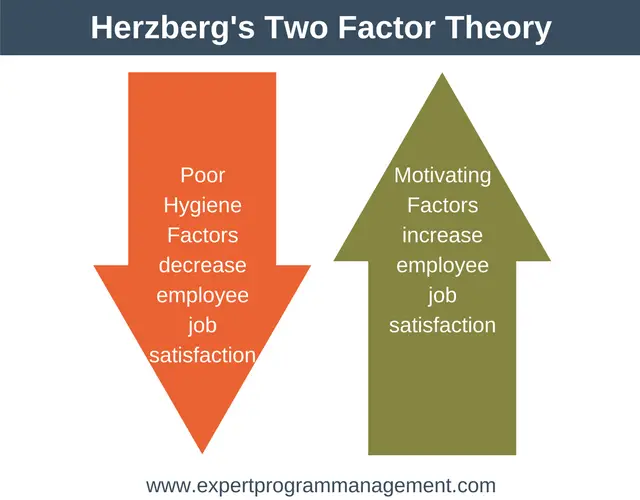
Examples of motivating and hygiene factors are shown in the following diagram.
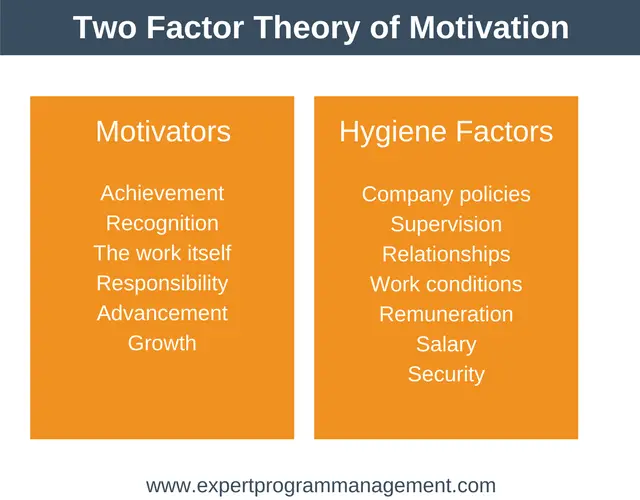
Motivating factors include:
- Achievement: A job must give an employee a sense of achievement. This will provide a proud feeling of having done something difficult but worthwhile.
- Recognition: A job must provide an employee with praise and recognition of their successes. This recognition should come from both their superiors and their peers.
- The work itself: The job itself must be interesting, varied, and provide enough of a challenge to keep employees motivated.
- Responsibility: Employees should “own” their work. They should hold themselves responsible for this completion and not feel as though they are being micromanaged.
- Advancement: Promotion opportunities should exist for the employee.
- Growth: The job should give employees the opportunity to learn new skills. This can happen either on the job or through more formal training.
Hygiene factors include:
- Company policies: These should be fair and clear to every employee. They must also be equivalent to those of competitors.
- Supervision: Supervision must be fair and appropriate. The employee should be given as much autonomy as is reasonable.
- Relationships: There should be no tolerance for bullying or cliques. A healthy, amiable, and appropriate relationship should exist between peers, superiors, and subordinates.
- Work conditions: Equipment and the working environment should be safe, fit for purpose, and hygienic.
- Salary: The pay structure should be fair and reasonable. It should also be competitive with other organizations in the same industry.
- Status: The organization should maintain the status of all employees within the organization. Performing meaningful work can provide a sense of status.
- Security: It is important that employees feel that their job is secure and they are not under the constant threat of being laid-off.
The Four Stats
In a general sense, there are four states an organization or team can find themselves in when it comes to Two Factor Theory.
1. High Hygiene and High Motivation
This is the ideal situation and the one which every manager should strive for. Here, all employees are motivated and have very few grievances.
2. High Hygiene and Low Motivation
In this situation, employees have few grievances but they are not highly motivated. An example of this situation is where pay and working conditions are competitive but the work isn’t very interesting. Employees are simply there to collect their salary.
3. Low Hygiene and High Motivation
In this situation, employees are highly motivated but they have a lot of grievances. A typical example of this situation is where the work is exciting and really interesting but the pay and conditions are behind competitors in the same industry.
4. Low Hygiene and Low Motivation
This is obviously a bad situation for an organization or team to find itself in. Here, employees aren’t motivated and the hygiene factors are not up to scratch.
How to Use The Model
There is a two-step process to use the Two Factor Theory model to increase the motivation of your team.
- Eliminate job hygiene stressors.
- Boost job satisfaction.
1. Eliminate Job Hygiene Stressors
The first step to enhancing the motivation of your team is to ensure that the hygiene factors are not causing dissatisfaction.
Each person will examine hygiene factors through their own unique frame of reference. Because of this, it’s important to work with each member of your team to understand their specific perspective.
Some common steps to remove hygiene stressors are:
- Rectify petty and bureaucratic company policies.
- Ensure each team member feels supported without feeling micromanaged. You can do this by using servant leadership or a democratic leadership style.
- Ensure the day to day working culture is supportive. No bullying. No cliques. Everyone treated with equal respect.
- Ensure that salaries are competitive within the industry. Ensure there are no major salary disparities between employees doing similar jobs.
- To increase job satisfaction and status, aim to construct jobs in such a way that each team member finds their job meaningful.
2. Boost Job Satisfaction
Once you have removed hygiene stressors, the next step is to boost the job satisfaction of each team member. We can do this by improving the actual content of the job itself. Again, a unique approach for each employee will be required.
Three techniques which can be used to achieve this are:
a. Job Enrichment
Job enrichment means enriching a team member’s job by giving them more challenging or complex tasks to perform. These more complex tasks should make the job more interesting.
b. Job Enlargement
Job enlargement means giving a team member a greater variety of tasks to perform. This variety can also make a job more interesting.
Note that with job enlargement the variety of tasks is increased, but not the difficulty of those tasks. If difficulty increased then that would be job enrichment.
c. Employee Empowerment
Employee empowerment means deligating increasing responsibility to each team member. This can be done by slowly increasing the amount of responsibility you delegate to an employee.
Learn more about how to delegate.
Limitations of the Theory
Some common criticisms of Herzberg’s Motivation Theory include:
- The theory only applies to white collar workers.
- It doesn’t take an individuals situation or perception into consideration. We have attempted to address this above by applying the theory at an individual level.
- The theory focuses on improving employee satisfaction. That doesn’t necessarily translate into increased productivity.
- There is no objective way to measure employee satisfaction within the theory.
- Two Factor Theory is subject to bias. For example, when an employee is satisfied they will give themselves credit for that satisfaction. Conversely, when they are dissatisfied they will blame external factors.
Summary
Herzberg’s Motivation Theory model, or Two Factor Theory, provides two factors that affect motivation in the workplace.
These factors are hygiene factors and motivating factors. Hygiene factors will cause an employee to work less if not present. Motivating factors will encourage an employee to work harder if present.
To use the theory within your team, start by getting any hygiene issues resolved. Once you have done this, you can boost motivation by putting in place as many motivating factors as practical.
